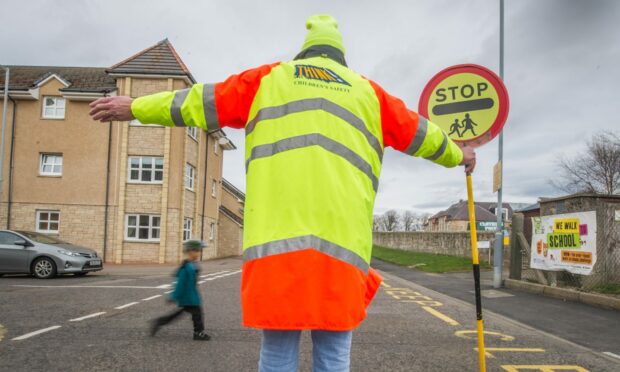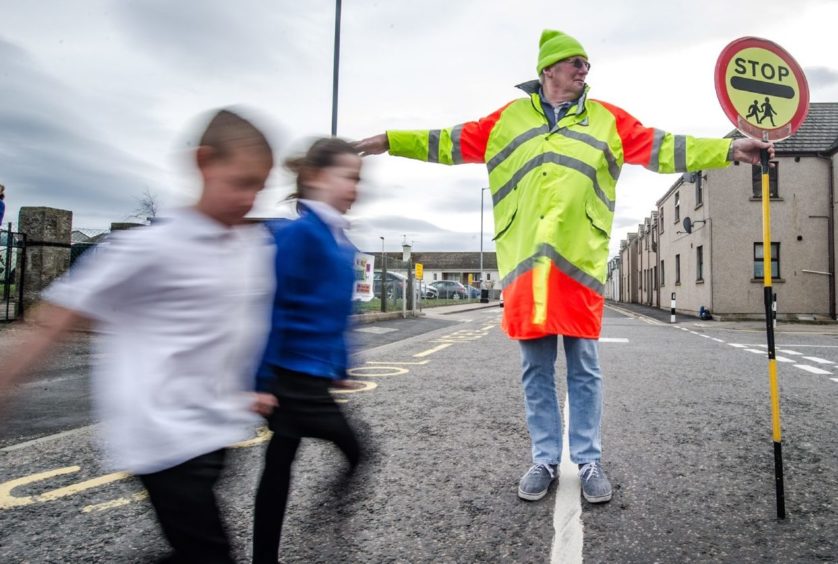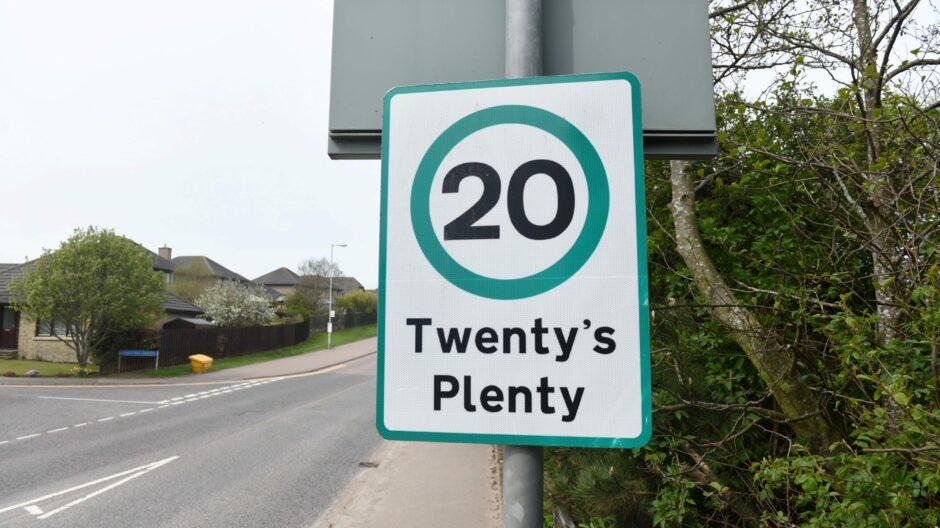The number of crossing patrollers working across the north and north-east have been significantly cut in the past five years.
Figures obtained by The Press & Journal through a series of freedom of information (FOI) requests show the majority of councils have reduced the number of crossing patrollers they employ.
The only exception is Orkney Islands Council which has the same number of lollipop men or women as it did in 2017.
During the 2021-2022 period, the local authority spent a total of £48,236.10 on its 11 crossing patrollers – an increase of around £4,000 since 2017/18.
The most significant cuts were made by Moray Council who have had no patrollers on the payroll since axing them all in 2019 budget cuts.
This is compared to the 36 employed in the region in 2017, which cost the council £250,000 over that year.
Western Isles Council only provided data for the past year which shows it currently employs five crossing patrollers.
Across the Highlands, the number of crossing patrollers has reduced from 60 to 55 since 2017, yet the cost has increased from £281,000 to £300,000 per annum.
Impact on safety outside schools
Aberdeen City Council has reduced costs for crossing patrollers by more than £100,000 in the space of five years.
There were 20 people in the role in the 2021/22 period costing a total of £93,144, compared to 33 at a cost of £221,536 in the 2017/18 period.
Many of these patrollers are stationed near schools and nurseries.
One of the city schools which lost its only patroller in that time was Walker Road Primary School in Torry.
Following the death of much-loved lollipop lady, June McCombie, the school was told it was no longer eligible for a replacement or a zebra crossing – even though the other primary in the area has both.
The parent council raised concerns about the lack of road safety measures on the two busy roads outside the building, and the pupils joined forces to hang eye-catching posters on the school gates to deter speeding and parking on the yellow zig-zag lines.
In response, the council said its intention was to promote a reduced speed limit of 20mph on Walker Road.
Twenty’s Plenty?
The reduction in patrollers coincides with the Scottish Government’s plans for “twenty’s plenty” to become the norm in built-up areas across the country.
Their intention was to form a 20mph Task Group and ensure all “appropriate” roads in built-up areas will have a safer speed limit by 2025.
North East MSP Liam Kerr, who also wrote to Aberdeen City Council about the concerns of Torry constituents, has said the reinstatement of crossing patrollers should be considered alongside changes to speed restrictions.
He said: “Walker Road pupils and families have done a great job highlighting the hazards they encounter on the school run.
“But without a more proactive approach by the powers that be, a minority of drivers will still ignore speed limits. Unfortunately, they are the ones most at risk of causing serious accidents.
“So, any review that looks at schools in the city should also look at reintroducing more patrollers on a trial basis.”
An Aberdeen City Council spokesman said: “The Scottish Government has provided funding to local authorities to carry out assessments of their roads with a view to implementing 20mph widely.
“This will focus on areas around residential areas and streets with high levels of pedestrians and cyclist, with the main priority being around schools where 20mph zones are currently not in place.”
Just this month, it was confirmed that Highland Council had been invited to pilot a national 20mph speed limit plan.
As part of the proposal, Transport Scotland would fund the roll-out of 20mph zones to be put in place by next summer.
The criteria for the road assessments includes current 30mph roads which are close to nurseries, primary and secondary schools.





Conversation